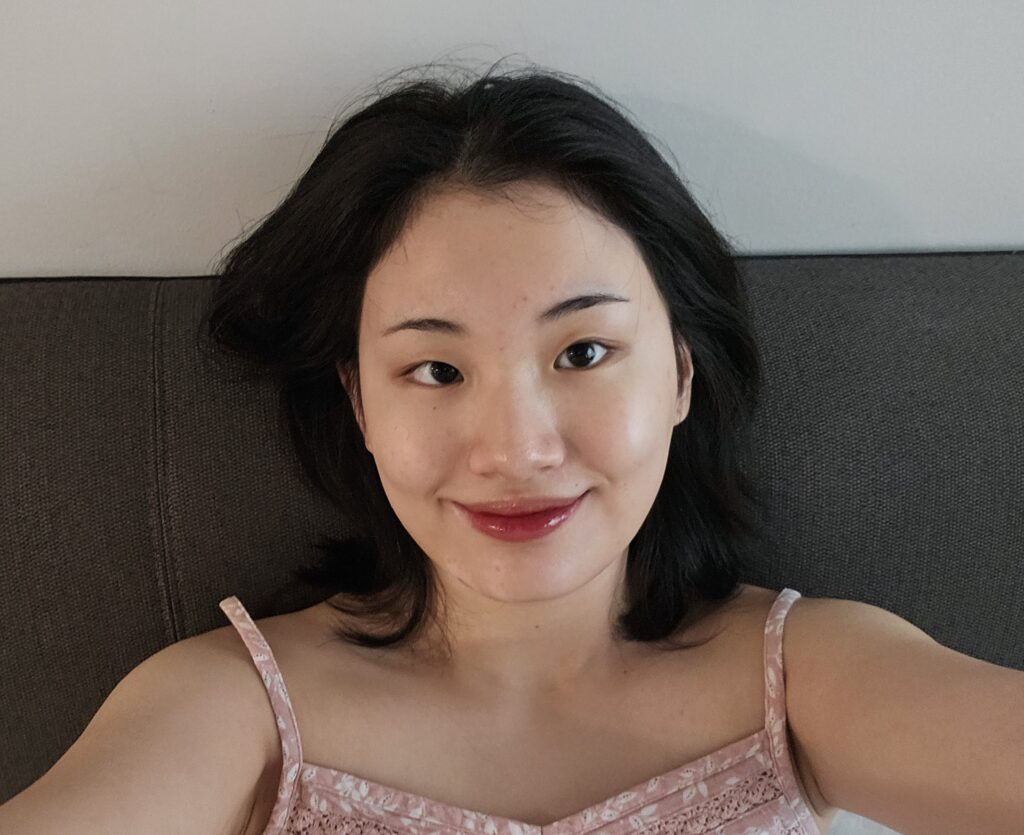For our next interview, I talked to Reed, an ICPS poli-sci Spanish tutor. He’s a native Spanish speaker from Argentina, so read the interview for tips on practicing your Spanish and for movies and book recommendations! The interview was edited for length purposes.
Patricio: What do you study?
Reed: I’m an ICPS poli-sci major.
Patrico: Are you minoring in anything?
Reed: Potentially an econ minor, but they’re changing the way the department works.
Patricio: That makes sense. Getting a minor is sometimes tricky. How long have you been speaking Spanish and what made you want to learn it?
Reed: I’m a native speaker. My parents are both from Argentina, so I speak it at home with them and with my whole family basically.
Patricio: Have you lived or studied abroad in any Spanish speaking countries?
Reed: I haven’t. I’m hoping to study abroad next semester. I’ve been thinking of potentially going to Barcelona, but I’ve lived in the US my whole life.
Patricio: Is it hard for you to not forget the language being here at Reed?
Reed: I don’t think so, I speak to my parents and my family quite often so I get to use it a lot. And to me at least Spanish feels like a first language, so I feel like it’s very engrained.
Patricio: Do you practice your Spanish in other ways or is it mostly just by speaking it with your parents?
Reed: It’s mostly just by speaking with my parents.
Patricio: Have you taken any cool Spanish classes at Reed?
Reed: No, but I want to! I’m waiting for Diego to get back, because I really want to take some of his classes, but I think he’s been on leave and I don’t know if he’s coming back, but I hope so!
Patricio: Have you found a good Spanish speaking community here at Reed?
Reed: I’m actually living in the Spanish House, so that’s very exciting. I really like talking to the language scholars, I feel like they’re a really good resource for learning a language. I took Chinese in school, so I like being in the language house community and just getting to talk to everyone in all the different languages.
Patricio: I love the language houses. I lived in the Spanish House in my sophomore year and I had the best time.
Reed: Yeah they’re really nice. We just now started having the weekly events, so it’s just starting to pick up. I’m really excited.
Patricio: Do you watch any movies or TV shows in Spanish? And if yes do you have any recommendations?
Reed: Yes! I watched Wild Hills for the first time a couple of weeks ago; I enjoyed that a lot. But two of my favorite Spanish TV shows are Los Simuladores and Community Squad.
Patricio: Oh interesting, I’ve never heard of those. Where can you watch them?
Reed: I think Community Squad is on Netflix, but Los Simuladores is free on YouTube.
Patricio: What about books and songs?
Reed: Julio Cortázar is my favorite author. I love his short stories, they’re fantastic. In terms of artists, I really like Bajo Fondo, but I don’t think their music has lyrics.
Patricio: As a tutor, have you found some stuff that’s particularly difficult about learning Spanish?
Reed: The verb conjugations, because that’s not something that’s really that complicated in English, it can be a difficult thing for people to grasp and to actually use in practice. I think Spanish can also be a bit overwhelming because every country has slightly different grammar, accents and slang, so it can be a hard thing to get used to when you’re coming up to a new faculty member or friend.
Patricio: Do you enjoy being a Spanish tutor?
Reed: Yes it’s fun! I like consuming a lot of Spanish media and literature so it’s fun to get other people excited and help them out in their language journey.
Patricio: Thank you!




